Dash-dot tetra - Hemigrammus bellottii
Scientific name: Hemigrammus bellottii
Common name: Dash-dot tetra
Family: Characidae
Usual size in fish tanks: 3 - 4 cm (1.18 - 1.57 inch)
014
Recommended pH range: 6.2 - 7.1
Recommended water hardness: 5 - 17°N (89.29 - 303.57ppm)
0°C 32°F30°C 86°F
Recommended temperature range: 24 - 26 °C (75.2 - 78.8°F)
The way how these fish reproduce: Spawning
Where the species comes from: South America
Temperament to its own species: peaceful
Temperament toward other fish species: peaceful
Usual place in the tank: Middle levels
Tank Requirements
Dash-dot Tetras (Hemigrammus bellottii) are best suited for well-planted aquariums that mimic their natural habitat. A tank size of at least 40 liters (10 gallons) is recommended for a small group of these fish. As a schooling species, they should be kept in groups of at least 6 to 8 individuals, which helps reduce stress and allows them to display their natural behaviors.
The aquarium should include soft, slightly acidic water with a pH range of 6.2-7.1, and water hardness between 5-17°N (89.29-303.57 ppm). The ideal temperature range for this species is 24-26°C (75.2-78.8°F). Use a gentle filtration system to maintain water quality without creating too strong a current, as they prefer calmer waters.
Incorporate plenty of plants such as Amazon Swords and Java Moss to provide cover and create a natural environment. Floating plants can also be used to diffuse lighting, which mimics the subdued conditions they experience in their natural habitats. A dark substrate will further enhance their colors, making them stand out beautifully in the aquarium.
Tankmates
Dash-dot Tetras are peaceful and make an excellent addition to a community aquarium. They get along well with other non-aggressive species that prefer similar water conditions. Suitable tankmates include:
- Neon Tetra (Paracheirodon innesi)
- Rummy Nose Tetra (Hemigrammus bleheri)
- Harlequin Rasbora (Trigonostigma heteromorpha)
- Dwarf Gourami (Colisa lalia)
- Corydoras
They are best housed with other small, peaceful fish to maintain a tranquil environment in the aquarium.
Food and Feeding
Dash-dot Tetras are omnivores and will readily accept a variety of foods. A quality flake or micro-pellet can serve as their staple diet. To keep them in optimal condition, supplement their diet with live or frozen foods such as brine shrimp, bloodworms, and white worms. Feeding them small, frequent meals two to three times a day is recommended, ensuring they get enough nutrition without overloading the tank with uneaten food.
It's important to offer a varied diet to bring out their best coloration and keep them healthy. Including vegetable matter like finely chopped spinach or spirulina flakes occasionally can also benefit their overall health.
Sexing
Distinguishing between males and females can be subtle. Males are usually more slender than females and exhibit slightly more vibrant colors. Females, especially when in spawning condition, will have a fuller, rounder body due to the eggs they carry.
Breeding
Breeding Dash-dot Tetras can be achieved in a separate, well-planted breeding tank. Use a dimly lit environment with plenty of fine-leaved plants, such as Java Moss or spawning mops, to provide suitable egg-laying sites. Soft, acidic water conditions with a pH of around 6.0-6.5 and a temperature of 26°C (78.8°F) are ideal for encouraging spawning.
The parents typically spawn at dawn, scattering their eggs around the tank. It's crucial to remove the adults after spawning, as they may eat the eggs. The eggs will hatch within 24 hours, and the fry will be free-swimming after an additional 3-4 days. Initially, feed the fry infusoria or specially formulated fry foods. As they grow, transition them to newly hatched brine shrimp and crushed flake foods.
Lifespan
The expected lifespan of Dash-dot Tetras in captivity is 2-4 years with proper care and a stable tank environment.
Origin
Dash-dot Tetras are native to South America, particularly found in the Negro and Maroni River Basins. These rivers provide the soft, slightly acidic waters that this species prefers in its natural habitat.
Short Description
Hemigrammus bellottii, commonly known as the Dash-dot Tetra, is a peaceful, small schooling fish ideal for community aquariums. Their lively nature and iridescent colors make them a favorite among aquarists. They thrive best in a well-planted tank with soft, slightly acidic water conditions. Keeping them in groups of 6 or more allows them to exhibit their natural schooling behavior and feel secure in the aquarium environment.
Picture
Bought by aqua-fish.net from jjphoto.dk.
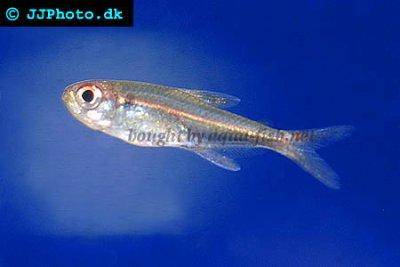

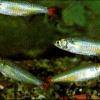 Bloodfin
Bloodfin 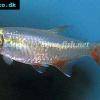 Bloodfin
Bloodfin  Panda
Panda 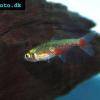 Green
Green 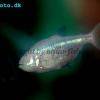 Blind
Blind  Kennedy
Kennedy 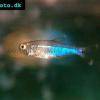 Blue
Blue 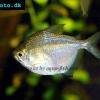 Discus
Discus 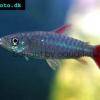 Pink
Pink 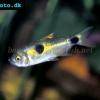 Bucktoothed
Bucktoothed 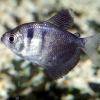 Black
Black 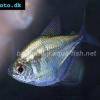 False
False 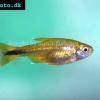 Silver
Silver  Hemigrammus
Hemigrammus  Rummy
Rummy 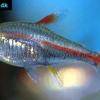 Glowlight
Glowlight 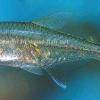 January
January 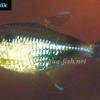 Head
Head 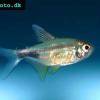 Garnet
Garnet 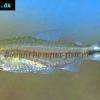 Rummy
Rummy  Gold
Gold  Red
Red 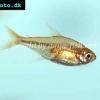 Ember
Ember 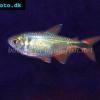 Buenos
Buenos 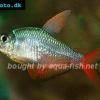 Colombian
Colombian 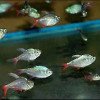 Ecuador
Ecuador  Bleeding
Bleeding 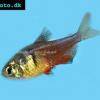 Flame
Flame 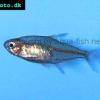 Georgett’s
Georgett’s 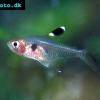 Griems
Griems  Kitty
Kitty 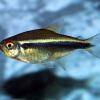 Black
Black 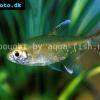 Firefin
Firefin 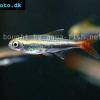 Loreto
Loreto 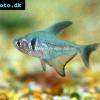 Black
Black 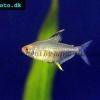 Lemon
Lemon 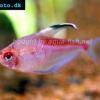 Redback
Redback 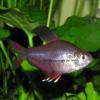 Rosy
Rosy 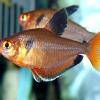 Serpae
Serpae 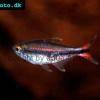 Savanna
Savanna 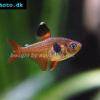 Red
Red 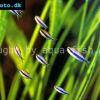 Blue
Blue 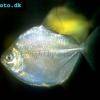 Silver
Silver 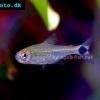 Ceros
Ceros  Napo
Napo 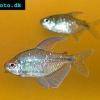 Diamond
Diamond 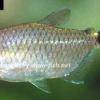 Red
Red 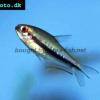 Rainbow
Rainbow 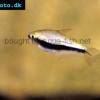 Emperor
Emperor  Cardinal
Cardinal 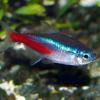 Neon
Neon 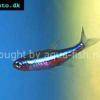 Green
Green 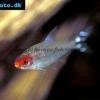 False
False  Glass
Glass 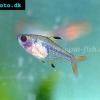 X-ray
X-ray 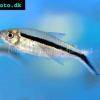 Penguin
Penguin